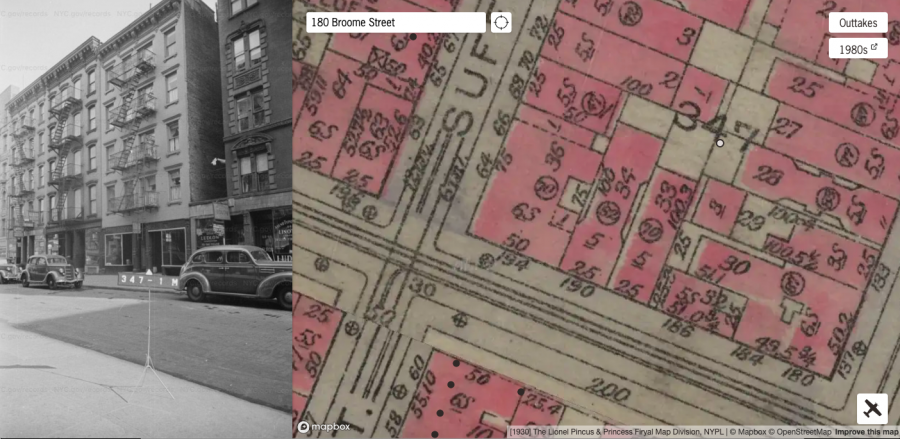The global tourism industry has seen better days than these. In regions like western Europe, to which travelers from all parts have long flocked and spent their money, the coronavirus’ curtailment of world travel this year has surely come as a severe blow. This goes even more so for a country like Italy, whose stock of historic structures, both ruined and immaculately preserved, has long assured it touristic preeminence in its part of the world. So much the worse, then, when Italy became one of the countries hardest hit by the virus this past spring. But its recovery is well underway, as is Europe’s reopening to travelers.
Or at least Europe is reopening to certain travelers: much of the continent has remained closed to those from certain afflicted countries, including but not limited to the United States of America. Of course, the U.S. has also banned entry to travelers who have recently been in many of those European countries, and however you look at it, this situation will take some time to untangle.
Until that happens, those of us who’ve had to indefinitely suspend our planned trips to Italy — or even those of us who’d never considered going before the option was removed from the table — can content ourselves with this set of high-resolution journeys on foot from the Youtube channel ProWalk Tours, all shot at length in real tourist spots amid visitors and locals alike.
Whether the Colosseum and Palatine Hill in Rome, St. Peter’s Basilica in Vatican City, and the towns of Pompeii (in two parts) and Herculaneum both ruined and preserved by Mt. Vesuvius, ProWalk’s videos show you all you’d see on an in-person waking tour. But they also include features like maps, marks in the timeline denoting each important site, and onscreen facts and explanations of the features of these historic places. Combine these with the immersive virtual museum tours previously featured here on Open Culture, as well as the recreations of ancient Rome in its prime and Pompeii on the day of Vesuvius eruption, and you’ll have the kind of understanding you couldn’t get in person — and with no danger of being whacked by your fellow tourists’ selfie sticks.
Related Content:
Based in Seoul, Colin Marshall writes and broadcasts on cities, language, and culture. His projects include the Substack newsletter Books on Cities, the book The Stateless City: a Walk through 21st-Century Los Angeles and the video series The City in Cinema. Follow him on Twitter at @colinmarshall, on Facebook, or on Instagram.
















